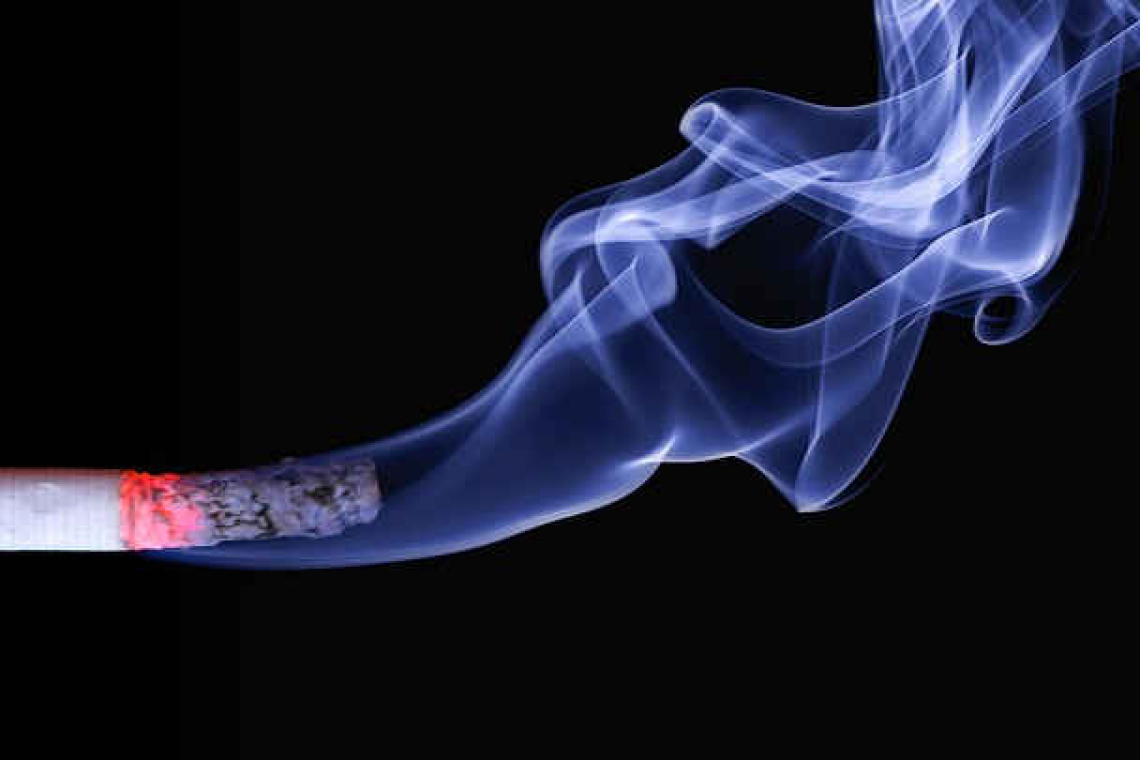By Dr. Colin Michie FRCPCH
It takes two or three seconds to swallow a mouthful of soft mango – a little longer for a sword! We “drink” between 0.5 and 1.5 litres of saliva daily, swallowing at least 900 times, including during our sleep. The swallowing tube or oesophagus is lined with a cushioned skin-like layer. This remarkable structure can develop malignancies that have a high mortality. Deaths from oesophageal cancers, including many young adults, have increased in the Caribbean region since 1990. At present, only 20% of patients survive five years. There are some advances that should improve these measures.
The problem with cancers in this part of the body is they are rarely obvious until it is too late for treatments to work well. Be alert and suspicious – if you have persistent indigestion or acid reflux, difficulty swallowing, or if your appetite is failing, do not ignore your body: There may be reasons for concern. Persistent pains in your upper abdomen or back are worth checking too. Early diagnosis will always improve the effectiveness of treatment.
The oesophagus is exposed to our diet, our breathing and infection with bacteria and viruses. The risk of cancer is greatly increased by tobacco smoking (or chewing) and drinking alcohol. Acid reflux, worse in obesity, is a further complicating factor. There are possible links in some populations with drinking hot liquids, eating ultra-processed foods or poor oral health. Although these factors vary, all agree that alcohol and tobacco are particularly strongly linked to oesophageal cancer.
Alcohol intakes underpin an estimated 4% of all cancers. Alcohol, or ethanol, is broken down inside cells into an aldehyde that damages DNA and prevents gene repairs. This process can increase the risk of a malignancy, particularly in the liver, colon, breast and oesophagus. Papilloma viral infection appears to contribute to oesophageal cancers in South Africa. This observation is important because vaccination against papillomavirus has been effective in dramatically reducing cancers of the cervix. Might vaccination protect the oesophagus too?
Cells in the oesophagus keep a score of “hits” against them. If the battering from the visitors alcohol, tobacco, acid and viruses is high, they become inflamed and cancerous. It is then up to the home team, the immune system, to find and remove damaged cells, direct repairs and win the battle. In recent years, international collation of databases from scientists and hospitals has allowed the construction of an atlas of all the cells in the human body. This massive enterprise recently reported success in creating a map of the 1.6 million cells in our gut. Such amazing progress means important questions can be tackled relating to oesophageal battles. In particular, what cells are most vulnerable and what can we do to improve immune defences and repairs? How can those cells that become cancerous be prevented from growing and spreading?
Diagnosis of cancers in the oesophagus once relied on an examination with a flexible endoscope by a surgeon. New approaches now often start with the collection of expired air from a patient, analysing compounds breathed out, using spectroscopy. This resembles a highly sensitive, precise breathalyser, or a well-trained sniffer-dog! Analysis can detect tiny amounts of compounds only made in or around tumours. Patients with early cancers in the oesophagus can be identified with such a breath test. This process is advancing; some compounds from cancers move in the bloodstream and are then breathed out. So this same process may be used to detect cancers in the lower gut or lung. It may allow future clinicians to measure how effective treatment has been, without employing more expensive scanning methods.
Another valuable innovation has been a sponge that can be packed inside a small capsule then swallowed. This is attached to a thin cord. Once in the stomach, the capsule dissolves, the sponge is released and it can be pulled back up using the cord, sampling cells from all parts of the oesophagus on the way. Patients often prefer this practical screening technique. The sponge also allows the diagnosis of acid damage or Barrett’s oesophagus, which can then be treated and monitored too. No endoscope is required, making this an easier, safer and cheaper procedure for many hospital services.
Detection of malignant cells by whatever means directs treatments with chemotherapies, radiotherapy and surgery. A chemotherapy agent that enhances immune responses against these tumours has been found effective and is now in regular use both before and after surgery. The oesophagus can be operated on with more non-invasive laparoscopic methods too, improving outcomes for oesophageal cancers.
The most effective approach to oesophageal cancer is prevention. The “Latin America and the Caribbean Code Against Cancer” has provided particularly useful, local guidelines. Through this festive season, consider its reasonable life-saving/swallow-saving recommendations, including reducing exposures to tobacco and alcohol!
Useful resources:
https://www.paho.org/en/latin-america-and-caribbean-code-against-cancer
https://www.cancer.gov/types/esophageal
https://www.nhs.uk/conditions/oesophageal-cancer/
Dr. Colin Michie is currently the Associate Dean for Research and Knowledge Exchange at the School of Medicine in the University of Central Lancashire. He specializes in paediatrics, nutrition, and immunology. Michie has worked in the UK, southern Africa and Gaza as a paediatrician and educator and was the associate Academic Dean for the American University of the Caribbean Medical School in Sint Maarten a few years ago.







